Nostalgia?
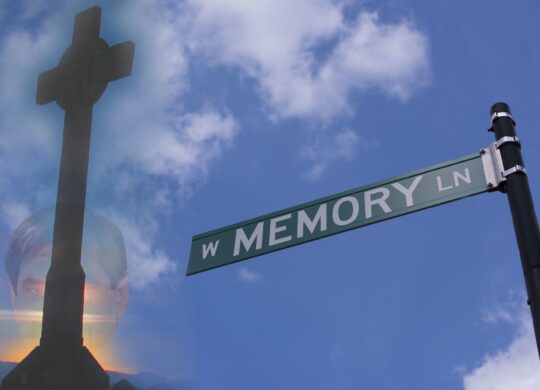
In the West Midlands of England, in Hagley Park, you’ll find what looks like big ol’ ruin. Kinda like a Gothic castle, complete with four corner towers, three of them falling apart, one still standing with battlements and turret. Many walls connecting the towards have collapsed.
What ancient building is this, you wonder? Who lived here? What stories could the walls tell, if there were more walls? And why was it abandoned?
You would wonder for ever, because there is no answer to these questions. Not that we don’t know the answers, but there aren’t any.
The fact is, this “ruin” was constructed exactly as it stands now—give or take a few bricks and granite stones—in the 18th century to resemble a magnificent medieval castle that had fallen apart over the many centuries.
Writes Johan Norberg:
Building ruins from scratch was the height of fashion for European aristocrats at the time, using shattered castles and crumbling abbeys to create an imaginary, romantic past. Hagley Park is a selective, artificial version of history—just like the politics of nostalgia that is so popular today.”
Yes, indeed, we long for the past. The days before COVID-19 and masks, perhaps. Or the days of childhood. Or before the iPhone. Or whatever.
“nos·tal·gia” (näˈstaljə) = a sentimental longing or wistful affection for the past, typically for a period or place with happy personal associations
C. S. Lewis described it this way:
That unnameable something, desire for which pierces us like a rapier at the smell of bonfire, the sound of wild ducks flying overhead, … the morning cobwebs in late summer, or the noise of falling waves.”
Is life better or worse today than it was 50 years ago? 41% of Americans said worse. 31% of Britishers and 46% of the French agreed.
One podcaster decided to investigate when people thought America was doing well. The 1950s was the most popular answer. But historians pointed out that those who lived in that day and age never thought things were good in their time. Sociologists in the 1950s warned of dangerous individualism. Serious racial and class tensions prevailed. Nuclear threats loomed. And guess what? Those who lived in the 1950s thought the 1920s were the best days of America. But psychologists in the 1920s thought that the American family was coming to an end because of increasing divorces.
And so on ….
In fact, if you go back 5,000 years, you’d hear the same things. A Sumerian cuneiform tablet laments about the good old days.
At that time, as there was no snake, as there was no scorpion,
as there was no hyena, as there was no lion,
as there was no dog or wolf, as there was no fear or trembling
—as humans had no rival.
Then came snakes and scorpions, hyenas and lions, dogs and wolves, and fear and trembling, and all was lost.
Nostalgia is there even in Scripture. Sang the Jewish exiles in a foreign land:
By the rivers of Babylon,
there we sat down and wept,
when we remembered Zion.
Psalm 137:1
And, they claimed to God that they’d always remember his city:
May my tongue cling to the roof of my mouth
if I do not remember you,
if I do not exalt Jerusalem
above my chief joy.
Psalm 137:6
Therefore, since their remembrance indicated their loyalty to God, they beseeched God not to forget them and their plight …
Remember, O LORD, against the sons of Edom
the day of Jerusalem.
Psalm 137:7
And that’s our only hope. That God will remember.
And so our responsibility is to remember … God!
SOURCE:
The Wall Street Journal

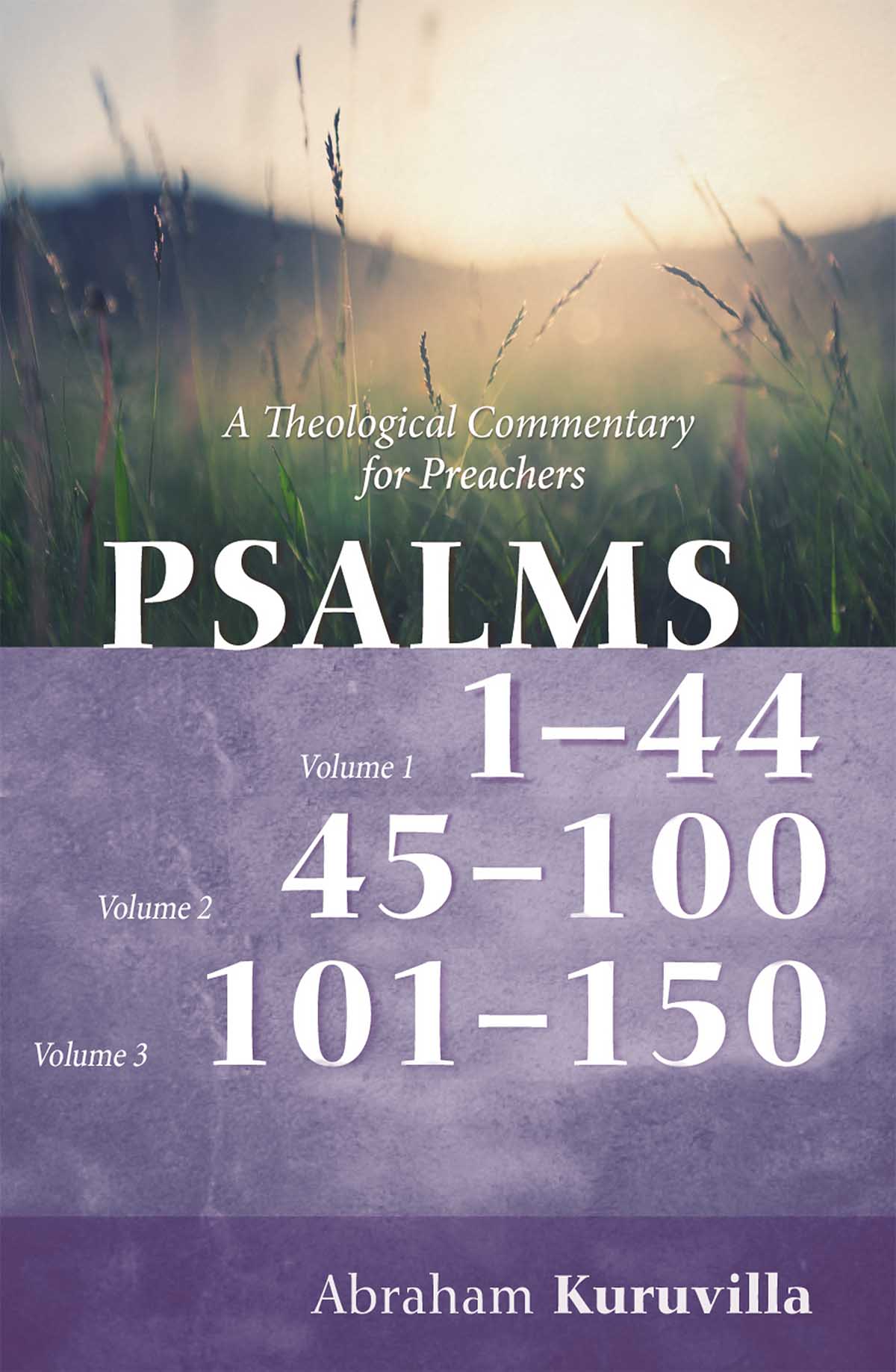
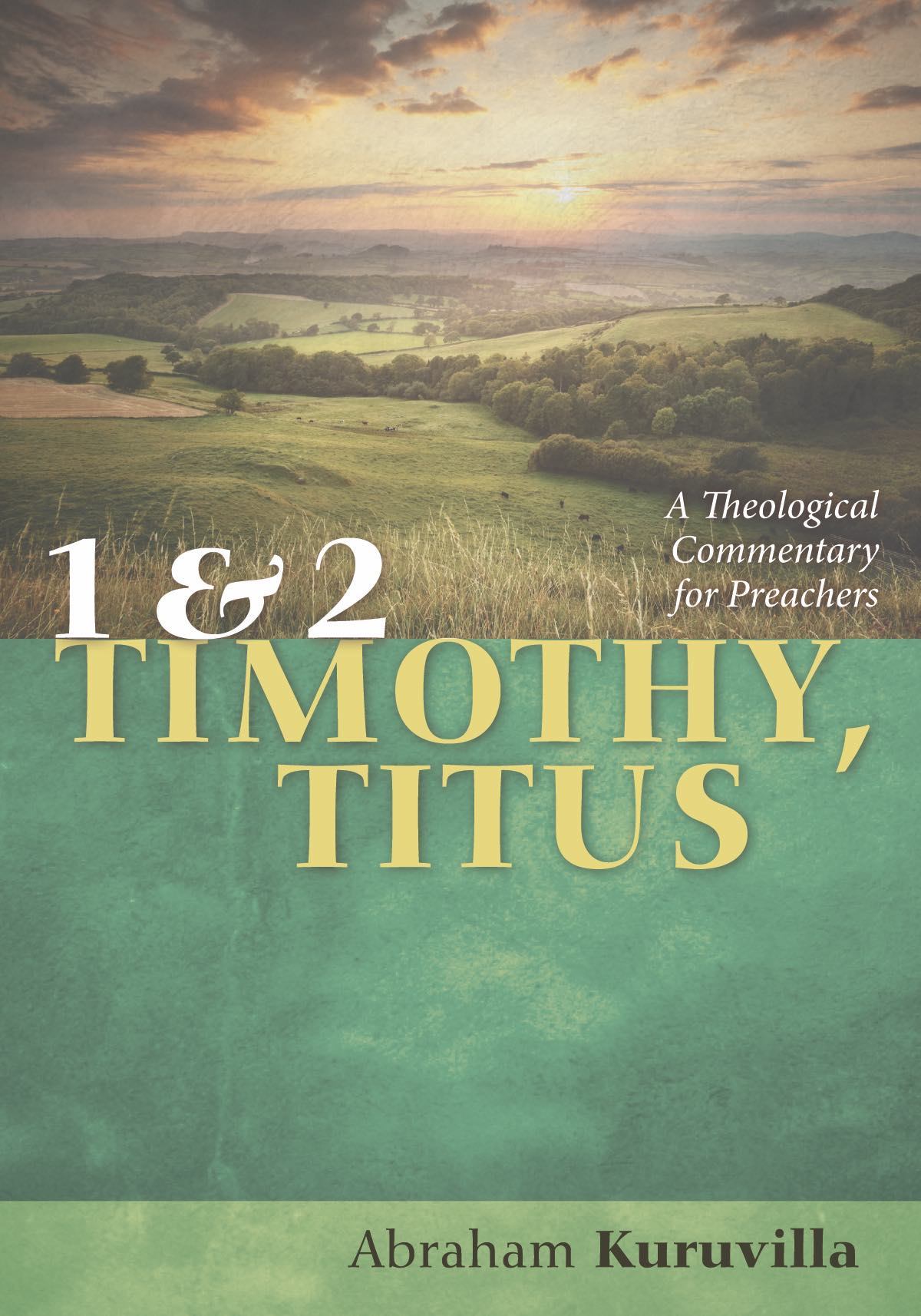
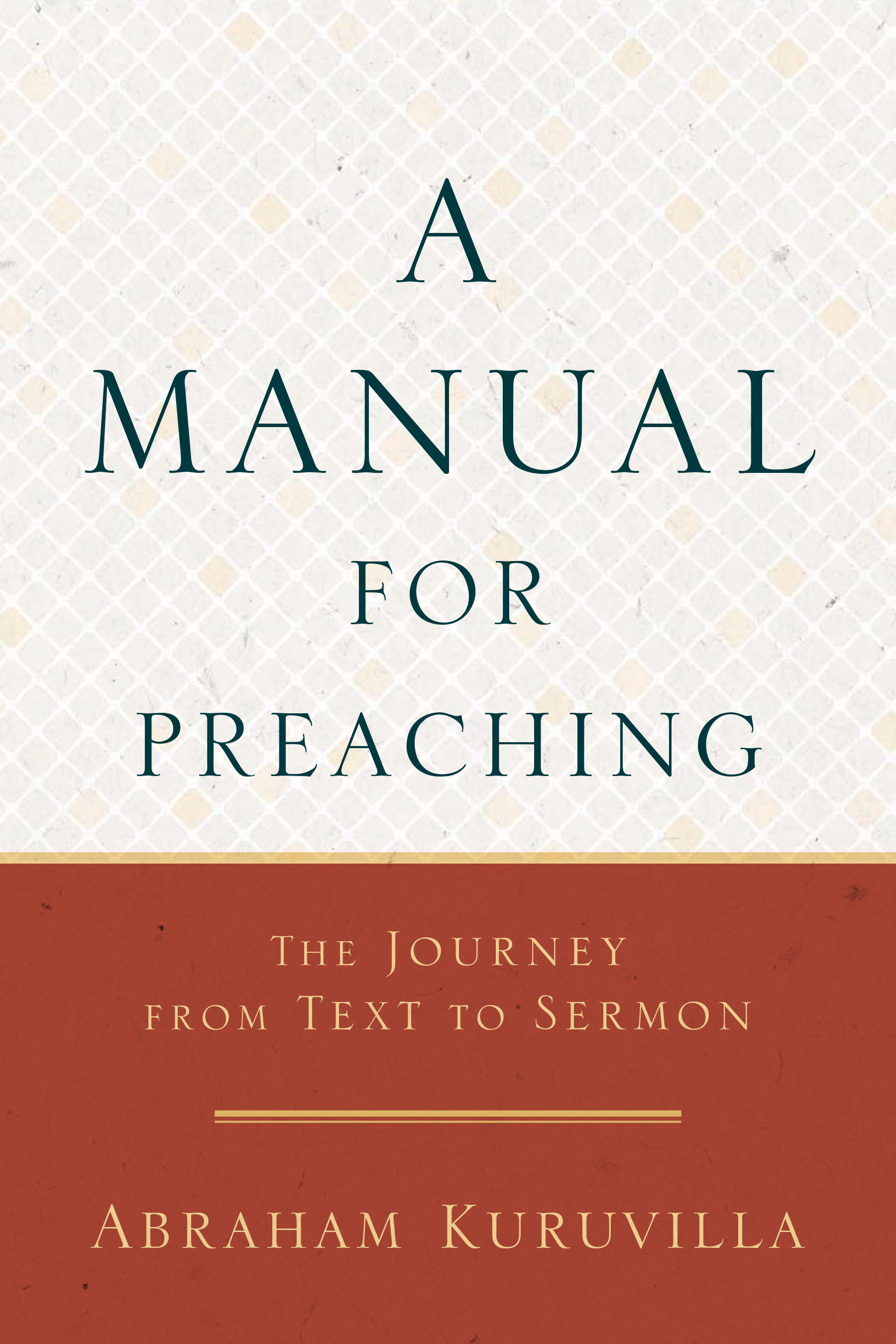

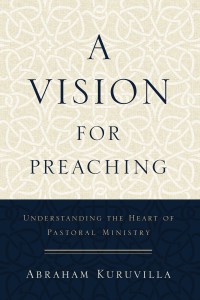





 Abe Kuruvilla is the Carl E. Bates Professor of Christian Preaching at The Southern Baptist Theological Seminary (Louisville, KY), and a dermatologist in private practice. His passion is to explore, explain, and exemplify preaching.
Abe Kuruvilla is the Carl E. Bates Professor of Christian Preaching at The Southern Baptist Theological Seminary (Louisville, KY), and a dermatologist in private practice. His passion is to explore, explain, and exemplify preaching.